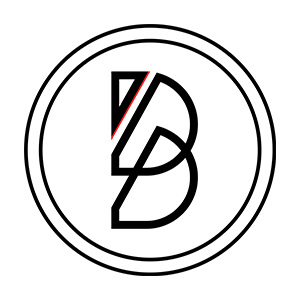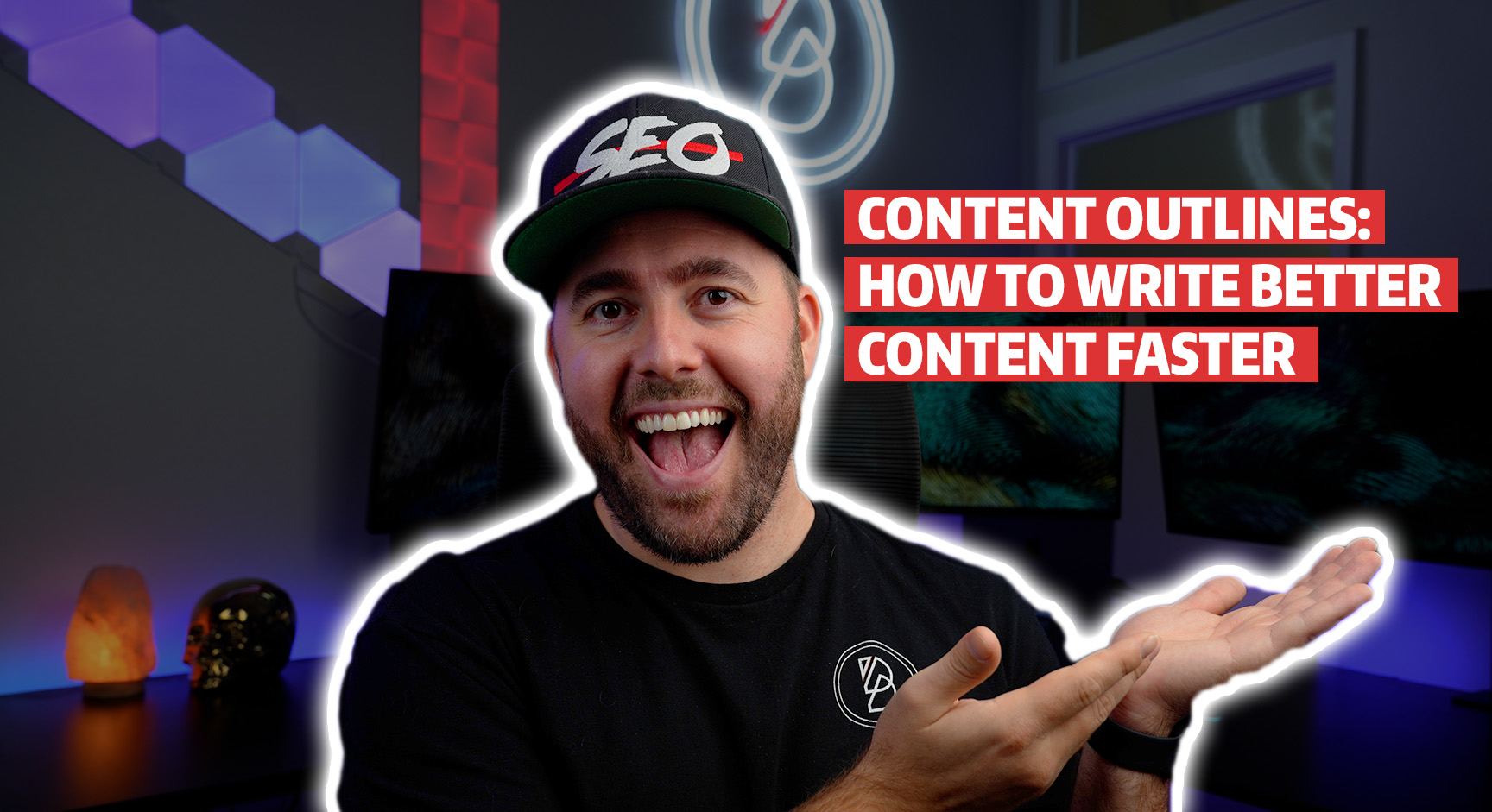Have you ever wondered how people manage to write regularly and publish new articles daily or weekly to maintain a successful blog? If you weren’t aware, they all follow one secret: they use content outlines.
Content outlines can help anyone write faster, better, and more efficiently, thereby increasing their chances of appearing on the first (or one of the first) page(s) of Google Search. What’s more, outlining is an excellent tool to improve content flow and writing efficiency, while ensuring SEO keywords are incorporated.
Since outlining is the key to keeping up with consistent content production, we’ve come up with this comprehensive guide to help you learn how to write better content faster.
What Is a Content Outline?
Serving as a detailed overview of a blog post or article you plan to write, a content outline includes headlines and structure on any topic of your choice.
An essential component of an outline is the use of proper SEO headlines. That means, aside from your title tag, you also use H2s, H3s, etc. in your headings and subheadings. In addition, it should detail the long-tail keywords you’ll use as well as content from competing sites you find on Google as inspiration.
Lastly, you should brainstorm the angle you’ll use, your unique selling proposition, the goal of your article, and other details that may be helpful for your SEO content writing.
Why You Should Always Outline Your Content
There are a number of reasons why outlining your content makes sense before you start writing.
Firstly, unlike if you just started writing from scratch without proper planning, an outline improves your article flow from the get-go. It ensures that your ideas are well structured and your information properly organized so that your reader understands what you are trying to communicate.
Next, an outline ensures that you incorporate the best SEO (search engine optimization) practices, which are essential to ranking high on Google and other search engines. In addition to dotting your content with relevant keywords, you also have to satisfy the reader’s intent by providing answers (and thereby value) to their questions.
Regardless of your skills as a writer, with the help of an outline, you can learn how to become a better writer and learn how to write faster.
How to Outline Your Content in Five Steps
Learning how to write better content isn’t as difficult as you may think. Here are a few tips on how to properly outline your content:
1. Define the Goal of Your Article
Step #1 involves simply asking yourself: “What do I want to achieve by writing this article?” A few reasons why you might want to create your piece of content could be to:
- Drive traffic by ranking for keywords on Google
- Explain how to use a product
- Build brand awareness
- Grow your email list
- Build backlinks as part of your SEO strategy
To make this easier to understand, we’ll use the example of a coffee brand.
Imagine, you were to write an article about a coffee brand. To promote this brand, you’d write content about where the coffee is sourced, how to properly brew it, and what types of food you could pair it with. Under “goals,” you’d then write: build brand awareness and promote our coffee brand.
2. Pick Your Focus Keyword
When trying to learn how to write better content, you absolutely have to do keyword research. It doesn’t matter whether you want to rank for specific keywords on Google or not, SEO practices are essential to creating quality content as they build good habits.
Aside from ranking on Google, dotting your content with relevant keywords also drives organic traffic which can grow your audience and your sales.
Wanna know how to research keywords? Simply use a free keyword tool like Semrush, insert a couple of keywords and find out what people search for related to the topic you’re writing about.
For example, if we were to search for “coffee brand” in our keyword tool, we’d find that there are 1.9k average monthly searches or ASV (average search volume) in the US for that keyword. However, with heavy competition, it’ll be difficult to rank for “coffee brand”, especially as a newbie in the niche.
Instead, try to focus your search, or go to the “keyword magic tool” tab to discover a green-marked keyword in the KD% (keyword difficulty) column. Upon scrolling, we see that “coffee brand gifts,” results in 480 average monthly searches and has little competition at a KD% of only 14. That means you’ll have better chances of ranking for this keyword if you incorporate it into your content.
Another type of keyword you could use is a keyword phrase, such as “how to brew strong coffee,” which has an ASV of 140 and a low KD% of 27.
3. Research Your Keyword’s Search Intent and Article Angle
Another important aspect when working on how to write better content is your search intent and article angle. You’ll need to know why someone searches for a keyword (=search intent) so that you can decide what type of content to create and which angle to use.
The four primary types of search intent are:
- Informational
- Transactional
- Navigational
- Commercial investigation
For example, “how to brew strong coffee” is an informational keyword that anyone would type into a search engine to find out how to do something.
Next, decide on the angle you’ll use in your article. By checking the SERP for your keyword, you’ll find out what angles your competitors are using. This can help you to decide what angle to take.
4. Decide on a USP and Title
To differentiate your content from the competition, you need to decide on a unique selling proposition (USP). A great way to let people know why your content is worth clicking on is to incorporate your USP into the title.
For example, our coffee-brewing competitors tell you in their titles what you can expect when reading their articles:
- How to Brew Strong Coffee That Tastes Amazing
- How to Brew Strong Coffee at Home
- How to Brew Strong Coffee With a Unique Taste
So, brainstorm different USPs and use the one you like best in your title and you’ll increase your chances of attracting readers.
5. Outline Your Article With Headings and Subheadings
As mentioned before, headings and subheadings are crucial when working on how to write better content. Make sure to include the following in your content outline:
- Choose headings
- Put them in the correct order
- Write down what you’ll cover in each section
- Come up with subheadings where necessary
A great way to figure out what headings and subheadings to use is to look at your competitors. Again, you’ll find them in the SERP section of your keyword tool.
For example, the top result for “how to brew strong coffee,” includes a table of contents that can be very useful when creating our outline. The headings and subheadings in that article are:
- How to Make Strong Coffee
- How do you make strong coffee?
- How to Make Coffee Taste Stronger
- What is a good strong coffee?
- Grades of Coffee Roasting
- What kind of coffee beans make the best strong coffee?
- Does Strong Coffee Have More Caffeine?
- Which brewing method has the most caffeine?
- Brewing times compared:
- Which brewing method is best for strong coffee?
- 6 Types of Strong Coffee
- How to Make Strong Coffee in a French Press (Plunger): 3 Steps
- How to Make Really Strong Coffee in an Espresso Maker (Moka Pot): 2 Steps
- How to Make Strong Coffee Without a Coffee Maker
- How Will You Make Your Next Cup of Strong Coffee?
Another great source of inspiration is Google’s “People also ask” box, which shows up at the top of search results, anytime you type a question into the search query. In our example, Google tells us that some of the questions people also ask are:
- What is the best way to brew strong coffee?
- What does it mean to brew coffee strong?
- Does brewing coffee hotter make it stronger?
Lastly, scroll down on your Google search engine results page to find related searches at the bottom. These will also give you ideas of what people want to know and search for.
Make sure to use headings in the correct order, starting with H1 for the title, H2 for headings, and H3 for subheadings.
Final Thoughts
One of the best ways to learn how to write better content faster is to use an overview of your content, structured into headings and subheadings, which are placed in a specific, logical order.
Not only will this save you time that you’d otherwise spend brainstorming ideas, but it will also help with your content flow and writing efficiency.
Once you get the hang of it, you’ll notice that having a content outline makes writing easier and faster. And that’s a great way to keep up your motivation when building your blog or brand.
In addition, using content outlines to come up with quality copy also increases your chance of ranking high on search engines like Google, which in turn will organically grow your audience, and with it, your sales.

